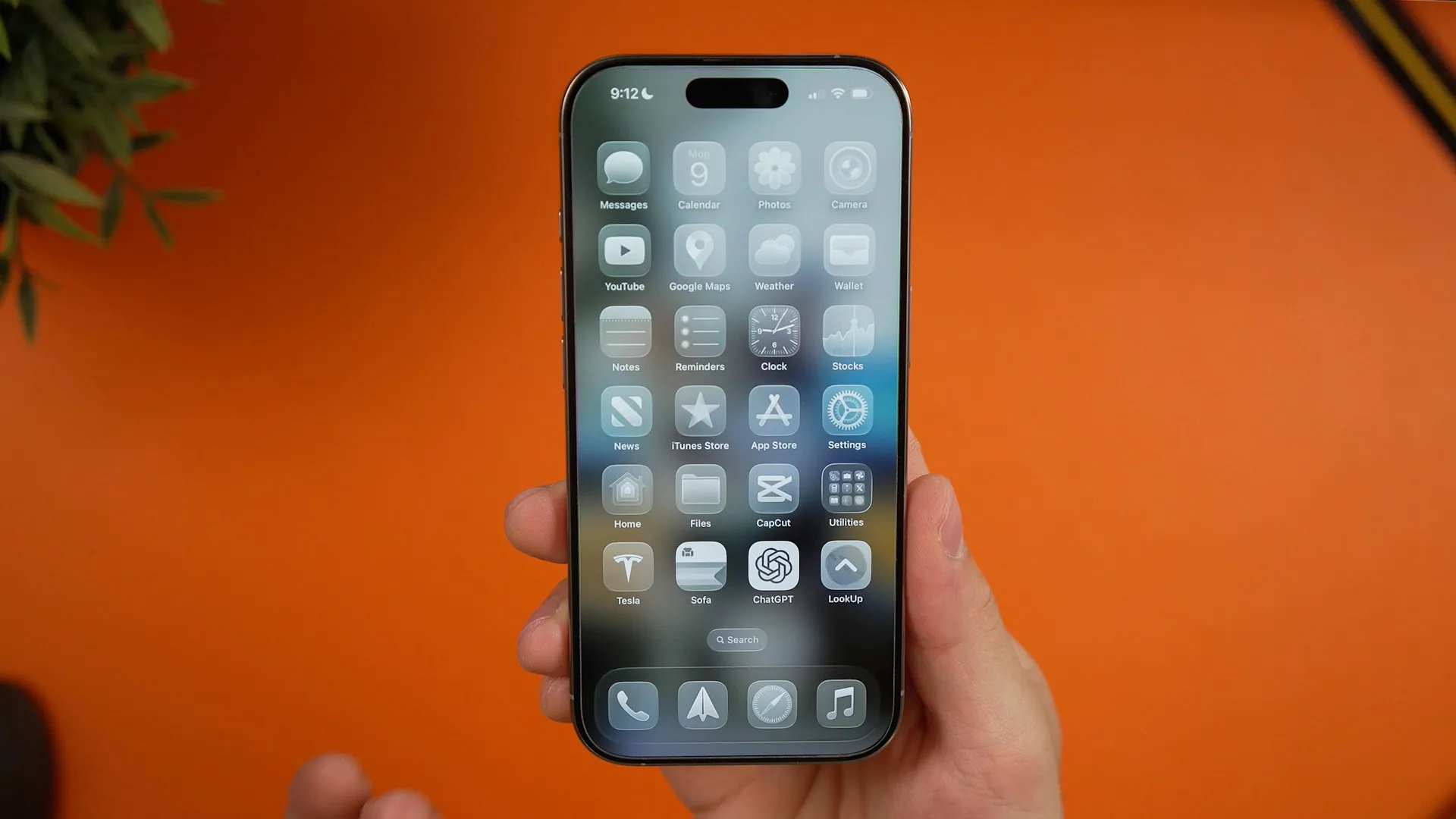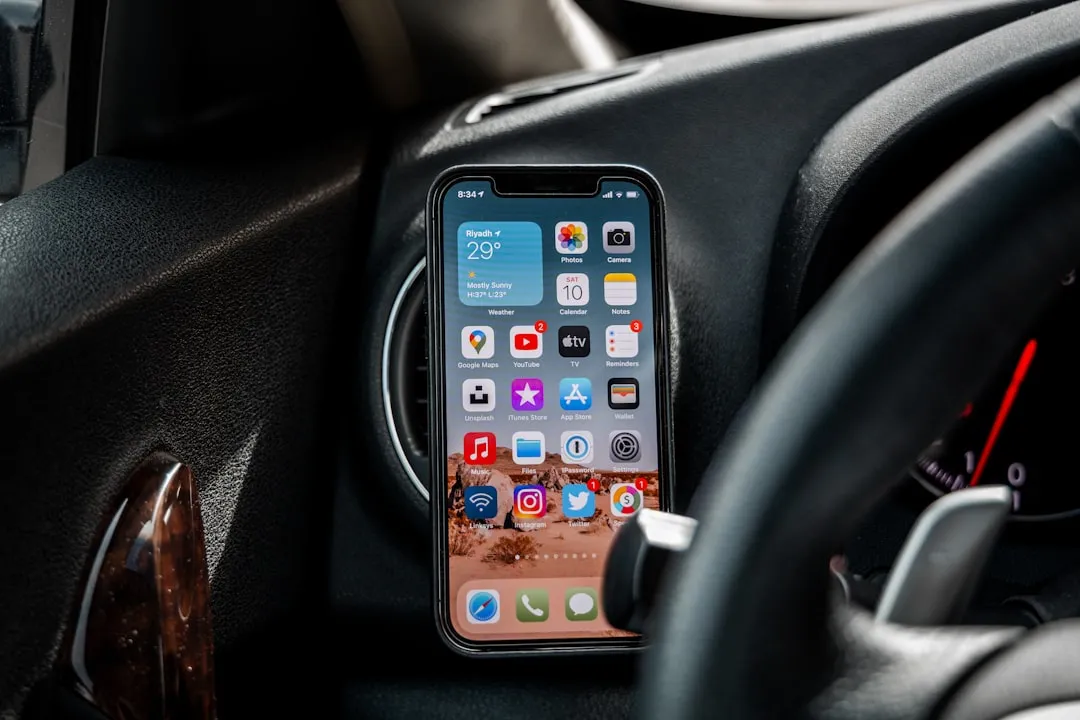Rveviewed by Corey Noles
Time for some good news for cyclists in East Asia: Apple Maps just brought its cycling navigation features to Hong Kong and Taiwan streets. After years of waiting while their mainland China neighbors enjoyed bike-friendly routing, riders in these regions can finally ditch the guesswork and let their iPhones guide them through the urban maze.
Apple Maps has expanded cycling routes to Taiwan and Hong Kong, marking a significant boost for East Asian coverage where the feature was previously limited to mainland China and Japan. This expansion follows Apple's gradual rollout strategy that first introduced cycling directions in iOS 14 for just five cities worldwide. The new coverage means millions more cyclists can access bike lanes, bike paths, and bike-friendly routes with details about steep inclines and obstacles.
To put this in perspective, Hong Kong's population of 7.5 million combined with Taiwan's 23.6 million means Apple just activated cycling navigation for over 31 million potential users—a substantial chunk of East Asia's urban cycling community where bike-sharing systems and cycling infrastructure have grown dramatically over the past decade.
What makes Apple's cycling directions actually worth using
Here's the thing about Apple's approach to bike navigation: they're not just throwing cyclists onto car routes and calling it good. Apple Maps cycling directions provide specific guidance for bike riders with dedicated bike lanes, bike paths, and bike-friendly routes that highlight steep inclines, stairs, and other obstacles you'd rather avoid on two wheels.
During our testing of Apple Maps cycling directions in San Francisco and London, the intelligence goes beyond basic pathfinding in ways that genuinely matter for real-world cycling. Apple Maps alerts you if walking or stair climbs might be necessary along your route, and cyclists can customize trips by choosing between fastest routes versus less hilly alternatives. Some users report that Apple's cycling directions are vastly superior to Google Maps, particularly noting how Apple intelligently routes to the nearest intersection and instructs dismounting when wrong-way cycling would be required.
What sets Apple apart is how it handles edge cases that Google often misses. In our testing, Apple Maps correctly identified when a bike lane suddenly ends, requiring a brief sidewalk walk, while Google Maps would simply route you into oncoming traffic. This attention to cycling-specific safety scenarios becomes crucial in dense urban environments like Hong Kong's Central District or Taipei's busy commercial zones.
PRO TIP: Check your Settings app under Maps to set cycling as your default transportation mode and automatically avoid busy roads and hills.
The slow but steady global expansion story
Apple's cycling feature rollout tells a fascinating story of methodical expansion that hints at the technical challenges behind reliable bike routing. When cycling directions first launched in September 2020, they were available in just New York, Los Angeles, San Francisco, Shanghai, and Beijing. Fast-forward to today, and cycling directions span across the United States, Australia, China, France, Germany, Japan, and select major cities like London, Barcelona, and Toronto.
The European expansion has been particularly aggressive lately, signaling Apple's strategy for tackling dense urban cycling markets. Apple Maps added cycling support for Austria, Belgium, and Sweden in 2024, while full UK and Ireland coverage rolled out earlier this year. This European acceleration suggests that East Asian expansion—starting with Hong Kong and Taiwan—follows Apple's pattern of targeting regions with established cycling infrastructure and local data partnerships.
The gradual approach means Apple typically rolls out features in stages, requiring partnerships with local transportation authorities to gather street-level data about bike lane conditions, traffic patterns, and cycling-specific hazards. For Hong Kong and Taiwan, this likely involved months of coordination with local cycling advocacy groups and transportation departments to ensure route accuracy.
Privacy pedals ahead of the competition
Sound familiar? Apple's making another play for the privacy-conscious crowd, and cyclists are reaping the benefits. Unlike navigation apps that track your every move, Apple Maps keeps most data like recent searches and directions stored locally on your device. For cyclists concerned about route tracking and location privacy, this approach offers a compelling alternative to Google's more data-hungry mapping service.
The privacy advantage becomes particularly significant when you consider what cycling route data reveals about personal habits. Your regular coffee shop detours, weekend trail preferences, gym visits, and daily commute variations paint an incredibly detailed picture of your lifestyle and routine—data that's valuable to advertisers but potentially sensitive in regions with complex political situations. Apple Maps allows offline map downloads for areas with spotty cell coverage, which proves particularly valuable for cyclists exploring beyond urban centers.
What makes this privacy approach practical rather than just philosophical is that Apple Maps nearly reaches parity with Google's navigation quality through satellite imagery and cycling route optimization. Users increasingly find that excellent public transit directions complement cycling routes for mixed-mode transportation planning, creating a genuinely competitive alternative to Google's ecosystem.
What's next for Apple's two-wheeled ambitions?
The Hong Kong and Taiwan expansion signals Apple's continued commitment to building out cycling infrastructure support globally, but it also reveals the company's strategic priorities. With Apple Maps nearly reaching parity with Google's offering through satellite imagery and cycling navigation improvements, the pressure is on to fill remaining coverage gaps in high-value urban markets.
Based on Apple's partnership patterns and cycling infrastructure development, South Korea and Singapore appear most likely for the next East Asian expansion. Both regions have invested heavily in cycling infrastructure over recent years, established local data partnerships with tech companies, and maintain the urban density that makes comprehensive cycling navigation technically feasible and commercially valuable.
For cyclists in unsupported regions, this expansion offers hope that Apple's methodical approach will eventually reach their streets. The company's gradual rollout strategy suggests more announcements are likely as Apple continues building partnerships with local transportation authorities and gathering the street-level data needed for reliable bike routing. Until then, Hong Kong and Taiwan cyclists can finally experience what riders in other major cities have been enjoying—turn-by-turn navigation that actually understands two wheels are different from four.




























Comments
Be the first, drop a comment!